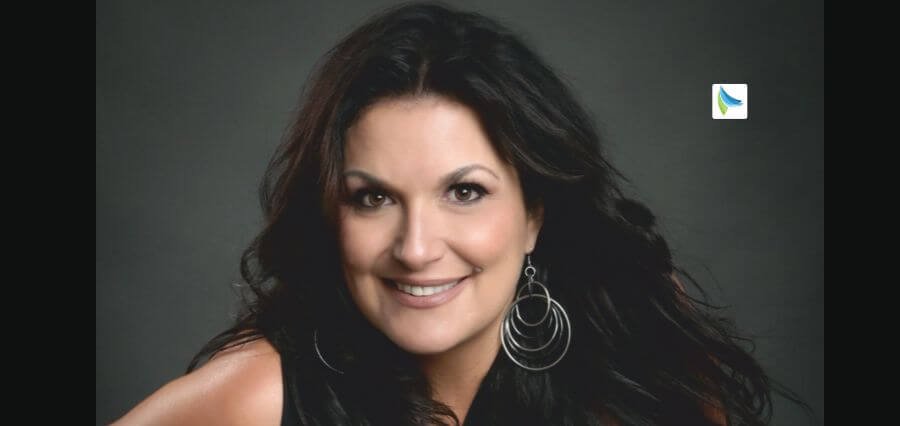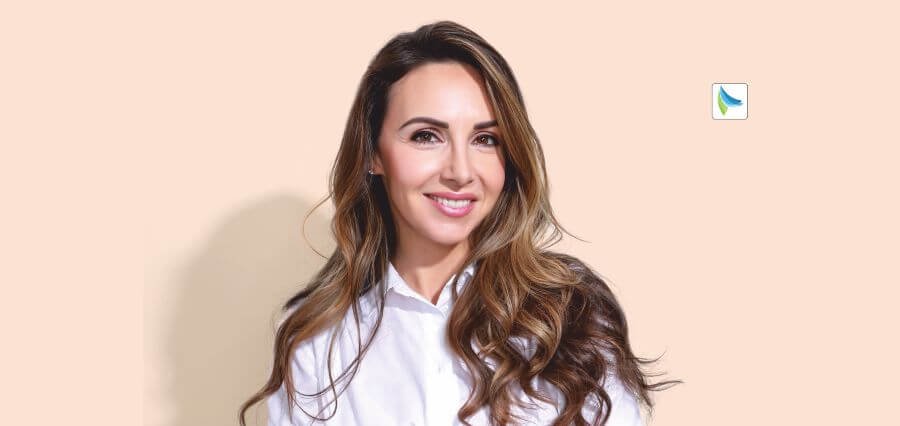Transforming Personal Challenges into Coaching Success!
Life has a way of testing us, often when we least expect it. For many, such challenges can feel like the end of the road. But for some, like Mr. Jose Angel Pereira Ruimwyk, these moments become the foundation of an extraordinary journey.
Born in Maracaibo, Venezuela, and raised between Tulsa, Oklahoma US, and San Tome, Anzoátegui, Venezuela, Jose built an impressive career spanning 35 years in the oil and gas industry. With an MBA degree in Finance from UDO, Venezuela, an MBA in Management from IESA, Venezuela, an MBA in Finance from Florida International University, and an International Diploma in International Taxation from Santiago de Compostela, Spain.
Jose joined PDVSA the Venezuelan Giant Oi and Gas Co., and during his career, he expanded through multiple International Joint Ventures with Oil in Gas Giants such as ENI, Inpex, Exxon, Conoco, Chevron, Shell, Statoil, Total, and at end of his career became first the CFO and finally CEO at Citgo Petroleum in Hoston Texas. Yet, his most profound test wasn’t in the boardroom, it was a deeply personal trial.
In November 2017, Jose faced an unimaginable challenge when he was wrongfully detained in Venezuela for five years. For most, such an ordeal would break the spirit. But Jose emerged stronger, using his faith, family, and persistence to manage the darkest moments of his life. His release in 2022 became a turning point, not just for him but for the countless individuals he now inspires.
As the CEO of JoseConnect.com LLC, he has transformed his experiences into a mission to empower others. Through leadership and tenacious coaching, he helps individuals rise above adversity and discover their potential. His story is not just one of professional success but of unyielding perseverance, an example of the human spirit’s capacity to endure and thrive. Jose’s journey rings a bell that even in our hardest times, there’s an opportunity to rebuild, inspire, and create meaningful change. He coaches executives on how to have a perfect balance between their business success and their fulfillment.
Let us learn more about his journey:
Journey into Leadership Coaching
Jose’s journey into leadership and resilience coaching took shape after a life-altering experience of captivity. This profound moment opened his eyes to the strength of resilience, leading him to establish joseconnect.com LLC. His mission is to coach leaders, entrepreneurs, and CEOs, fueled by the belief that everyone has the potential to explore an indomitable spirit and flourish, even in the face of challenges.
His programs are thoughtfully designed for startups, C-suite executives, and individuals seeking harmony between their personal and professional lives. Drawing from his advocacy for hostages and survivors, Jose aims to transform trauma into triumph, inspiring others to rise above their circumstances and acknowledge their true potential.
The Art of Balance
Balancing work and personal life requires a thoughtful approach to priorities and purpose. Jose seamlessly integrates his faith and family into his daily routine, ensuring that he dedicates quality time to his wife, Mervis, and their grandchildren.
He adopts mindfulness and intentional living, establishing clear boundaries between his professional responsibilities and personal commitments. The resilience he has cultivated through his life experiences enables him to face challenges with clarity, all while remaining focused on his vision of empowering others.
Heart of Impact
Jose is driven by a passion for creating meaningful impact. His business philosophy centers on serving others and promoting growth. He holds a strong belief in the importance of adapting to change, maintaining a forward-thinking mindset, and nurturing relationships. His vision extends beyond mere business expansion; he aspires to leave a legacy marked by empowerment, leadership, and resilience.
Transforming Adversity into Strength
Jose’s desire is deeply intertwined with his faith and his aspiration to assist others in turning challenges into sources of strength. His life experiences have ignited a fervent aim to inspire those around him, especially in the realms of resilience and leadership development. Through his work in coaching, writing, and speaking engagements, he experiences profound fulfilment as he witnesses individuals achieve breakthroughs and realize their true potential.
COVID-19 Breakthrough
Jose began his coaching journey after the pandemic, a period that accentuated the universal need for strength and adaptability. Recognizing these essential qualities, he designed his coaching programs to address them directly. By utilizing virtual platforms, he broadened his reach, enabling connections with clients from around the world. This approach not only allowed him to share valuable insights but also helped cultivate a supportive community during challenging times.
Strengths and Weaknesses
Jose personifies a remarkable blend of resilience and adaptability, complemented by a leadership style that prioritizes the needs of others. His capacity for empathy, rooted in his own experiences, allows him to forge deep connections with clients. While he recognizes the emotional burden that comes with revisiting past traumas, he transforms these challenges into valuable lessons that resonate with those he serves.
Remarkable Achievements
Jose has garnered numerous accolades, including the Brainz Magazine Award, the Veblen Director Leadership Award, and the American Association of Christian Counselors Presidential Member Leadership Award. Additionally, he received a proclamation from the City of Houston designating December 19th as CITGO6 Day each year.
His voice has resonated on prestigious platforms, such as the Foley Legacy Foundation Gala in Washington, D.C., the Bring Our Family Home Campaign at the White House, and Georgetown Hostage Week events in 2023 and 2024. He has also participated in the Leadership Experience Tour in 2024, addressed the U.S. Congress in 2023, and spoken at the UN General Assembly twice in both 2023 and 2024. Other notable engagements include appearances at Michigan University Auditorium in Ohio, Trinity Church of Dallas, and Rotary Clubs in Plano and Arlington, Texas.
His influence extends beyond national borders, with over 30 corporate speaking engagements around the globe in cities such as London, Rome, Paris, Buenos Aires, and Bogotá. Jose’s book, From Hero to Villain, encapsulates his journey and advocacy work. His insights have reached audiences through major media outlets including CNN, NBC, ABC, The Washington Post, Miami Herald, LA Tribune, Time Magazine, Politico, NPR, Infobae, Diary of the Americas, Reuters, Bloomberg News, AP, AFP, BBC, The Wall Street Journal, The New York Times, and The Houston Chronicle.
As an executive contributor to various publications like the James Legacy Foundation Blog and Hostage Aid Worldwide Newsletter, he has shared his expertise on numerous podcasts worldwide. Currently hosting his own podcast and newsletter titled Building Resilience, which airs weekly, Jose continues to inspire and engage audiences with his powerful message.
Message to Viewers
“Resilience is the key to thriving in life and leadership. Embrace challenges, unleash your potential, and lead with purpose.”
A Vision for Empowering Leadership
Jose inspires aspiring leaders to nurture resilience and embody a spirit of service. He encourages them to view challenges as stepping stones for personal and professional growth, emphasizing the value of humility and the importance of uplifting others. His message highlights the need for a harmonious balance between achieving career goals and finding personal fulfilment, urging individuals to connect with their inner purpose.
Looking ahead, Jose envisions a strong foundation to support the immigrant Hispanic community in 2025. He motivates everyone to pursue their aspirations with courage, reminding them that strength can be found in faith and community.

















